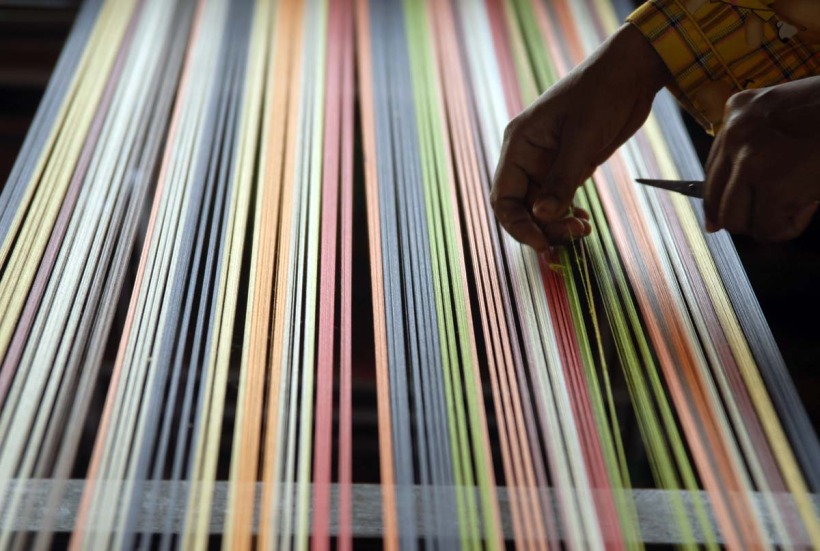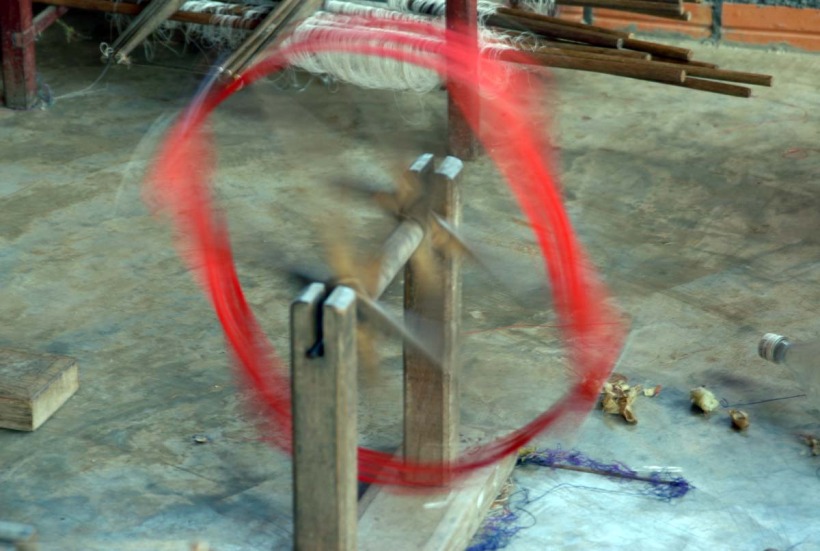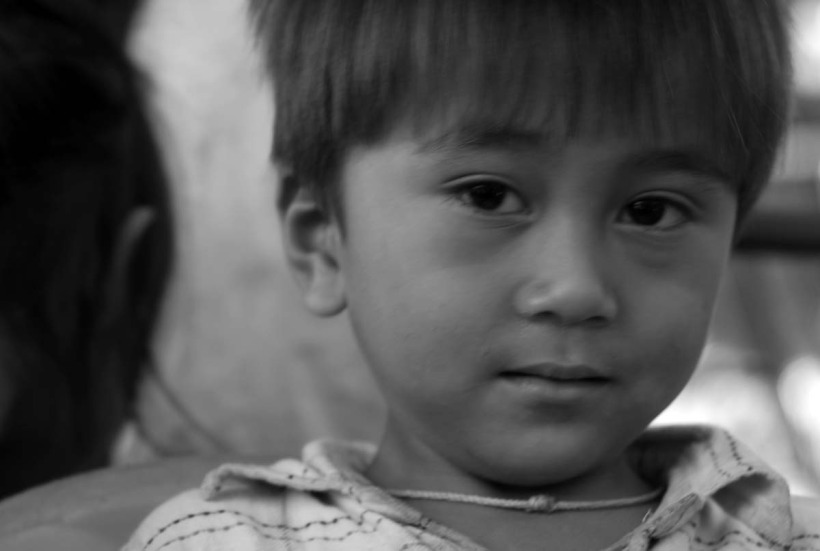Duende
She had duende, a fundamentally untranslatable Spanish word, literally meaning possessing spirit. It signified a charisma manifested by certain performers—flamenco singers, bullfighters, elves, seers, weavers—overwhelming their audience with the feeling they were in the presence of a mystical power.
The Spanish poet Garcia Lorca produced the best brief description of duende: “Years ago, during a flamenco dance contest in Jerez, an old woman of eighty, competing against beautiful women and young girls with waists as supple as water, carried off the prize by simply raising her arms, throwing back her head, and stamping the platform with a single blow of her heel; but in that gathering of muses and angels, of beautiful forms and lovely smiles, the dying duende triumphed as it had to, dragging the rusted blades of its wings along the ground.”
Little Wing followed a tribal trail to Lacilbula, where, after weaving morning pages she returned to the Rio Guadalete river below the pueblo flowing from the Sierras to Cadiz.
The battle of Guadalete was fought on July 19, 711 when 7,000 Yemenis and Berbers led by Tariq ibn Ziyad defeated the Visgoth King Roderic.
Rio needed cleaning. Thick autumn yellow, green and brown leaves trapped between rocks clogged river sections. Liquid backed up to mountains beneath fast gray storm clouds. Using her walking stick, she clamored down a slippery slope and slowly worked her way up the Rio clearing sticks, leaves and stones blocking the flow. One leaf could do a lot of damage.
There were green maple, silver aspen, brown oak leaves. Old black water logged decayed colors danced with fresh green and orange pigments.
She was the unimpeded flow. A child playing near water and rocks in her dream world. Serenity and sweet water music. Rocks, stepping stones. Small pools and meditation zones of where she felt peaceful. Bird music darted up the canyon.
She cleared leaves long past twilight, staggered up the muddy incline facing the Rio in silent gratitude and performed healing chants next to a bare Aspen tree. She passed a ceramic Virgin Mary statue illuminated by melting red candles in a rocky crevice behind a locked gate.
Mary’s blood flowed over jagged dolomite gray stones flecked with green moss. She collected a hemoglobin sample for future weaving, crossed a stone bridge and returned home. She lit candles, started a fire, relaxed in her favorite chair enjoying a deep breath before bleeding word rivers to dye loom fabric.
The loom was her instrument of transformation and wool the hair of the sacrificial beast which women, by a long and cultured tribal process, transformed into clothing. This suggested how weaving skirts the sacred and the violent. Why her power at the loom was both derided and dreaded, transformed, like giving birth, into a language and symbol, a metaphor with new, positive ends.








 Share Article
Share Article 


